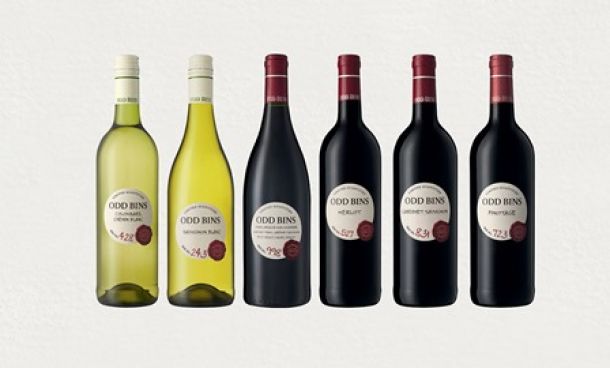New World producers have given depth to pinot noir
Pinot noir has become the gout du jour almost everywhere that fine wine is appreciated. This was not always the case and its rise in popularity is not something that could easily have been predicted 30 years ago, when cabernet enjoyed an unrivalled claim on the attention of the wine-drinking public.
Until the late 1970s the major plantings of pinot were limited to Burgundy, where the region’s arcane appellation system made nomenclature inaccessible and confusing to all but the most avid enthusiasts.
Its lack of appeal was exacerbated by the fact that many growers had selected the most productive clones (yielded wines which were thin, pale and weedy) in order to optimise yields at a time when the business was largely unprofitable.
In Burgundy wines are named after the region (Bourgogne); a sub-region (Côte de Beaune Villages); a village (Aloxe-Corton); or the most highly classified village vineyards (Aloxe-Corton Premier Cru); a single site within this category (Aloxe-Corton Premier Cru Les Chaillots) or a single Grand Cru vineyard (Le Corton).
For almost every one of these appellations there could be anything from one to several hundred growers, a percentage of whom sell grapes or wine to wholesale merchants (who have the right to bottle the wine under their own names, as long as they respect the appellation).
It’s therefore possible to find literally thousands of different bottles bearing the village name — all from the same vintage. None will be cheap and, depending on quality of the grapes, how they were vinified, whether the wine was the cynical result of commercial imperatives or the artefact of a single producer’s passion, they all taste vastly different.
At a time when it was easy enough to find a decent cabernet or Bordeaux blend — whether from France, Napa or SA — there was no real incentive to waltz into the minefield of Burgundian pinot noir. The few brave enthusiasts understood the risks and discounted their disappointments by paying less for Burgundy than for premium cabernet. They jokingly remarked that the only way to buy a bottle of Clos Vougeot was to drink it first.
Progress, especially when it involves vineyards, takes time. Producers in the New World rose to the challenge of what came to be called the "heartbreak grape" and started making credible wines.
Climate change produced a series of good Burgundy vintages which a new generation of wine makers approached with thoughtfulness and commitment. Suddenly there were pinot noirs with some intensity and depth of fruit.
In turn this attracted a new generation of consumers — making new plantings and lower-yielding vineyards a viable option. The success of Kiwi, Australian and to a lesser extent South African producers created a much wider international interest.
The tiny quantities of top Burgundy became sought-after trophies and the boom market took off. Today wines which sold for R20 a bottle in the 1970s trade for as much as R150,000 — a sign that though a correction may be imminent, pinot noir is properly established on the wine lover’s pantheon.
Classicists argue that current pinots lack the restraint and nuance of the great wines of the pre-modern era and it is true that the current demand for instantly accessible juicy reds has probably tilted the centre of gravity of the world’s production a little too much towards the tutti-frutti side of the spectrum.
But SA’s best examples are still models of restraint. Judging from the wines I tasted last week at 2017’s Hemel-en-Aarde Pinot Celebration it is worth chasing down the 2015s from Ataraxia, Hamilton Russell, Storm (especially the Ignis), La Vierge, Creation (The Art of Pinot Noir) and Newton Johnson Domaine.
Peter-Allan Finlayson’s Cuvee Cinema as well as Chamonix, Kershaw, Paul Cluver (which for appellation reasons were not part of the event) are equally worth the effort. Few are cheap, but except for "statement" wines at statement prices, they are amongst the best value pinots in the world.
News Category
- International retailers
- On the move
- Awards and achievements
- Legislation
- Wine and liquor
- Africa
- Going green
- Supplier news
- Research tools
- Retailer trading results
- Supply chain
- Innovation and technology
- Economic factors
- Crime and security
- Store Openings
- Marketing and Promotions
- Social Responsibility
- Brand Press Office
Related Articles

Makro secures exclusive rights to SA’s most sou...

Checkers adds 41 new wines to Odd Bins range

With petrol at almost R20 a litre, food prices ...

Petrol price shocker for South Africa


